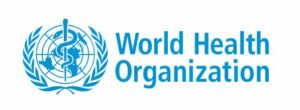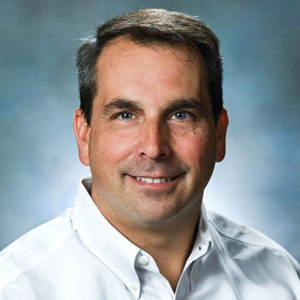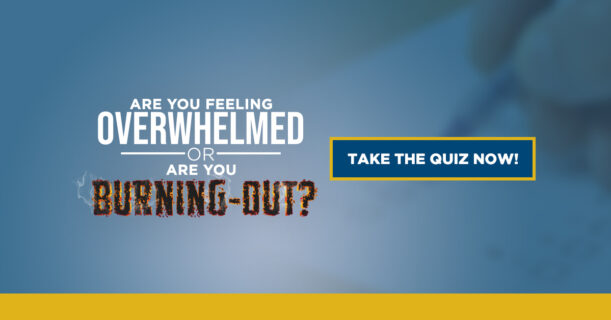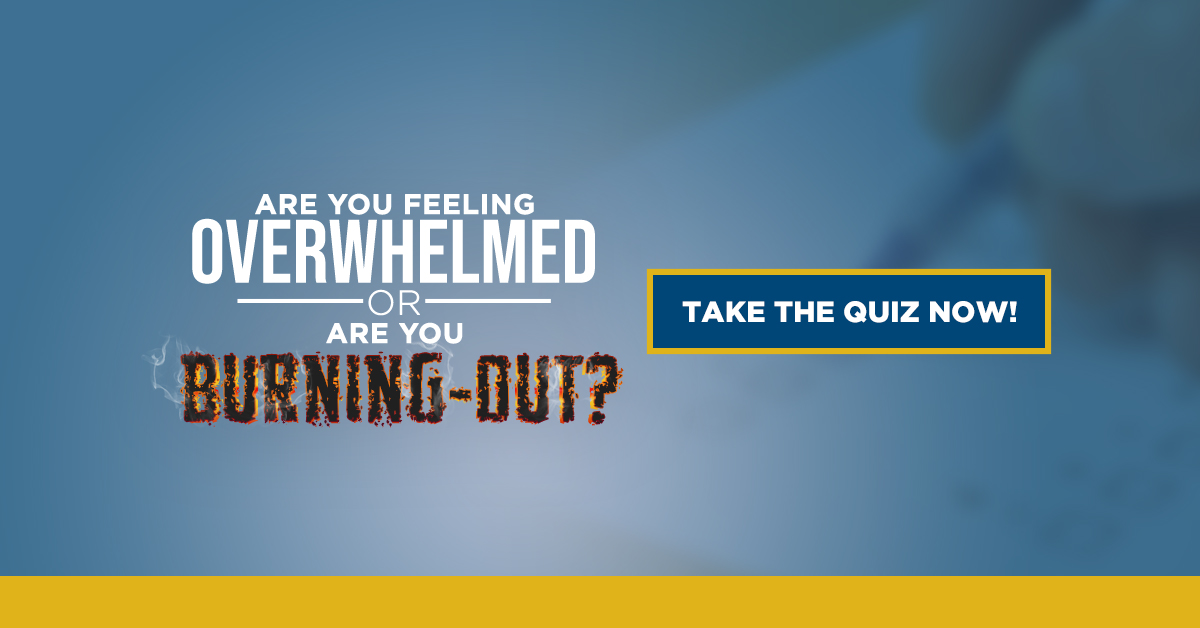The World Health Organization Just Redefined Burnout and Classified it as an “Occupational Phenomenon”
What’s Next?
Effective and sustainable employee engagement and growth is critical to success in the workplace, marketplace and recruiting space. This is especially true for competitive and talent-starved industries, including most of professional services.
The presence of professional burnout, and the disengagement that results, diminishes an organization’s attractiveness and brand to both talent and clients – a one-two punch to our long-term success.
The World Health Organization’s actions legitimize workplace burnout and give more definition for those who may be experiencing exhaustion, distance, and loss from work they once loved.
The question for leaders is what, if anything, to do now?
Depending on our response, this redefinition and classification by the World Health Organization can provide organizations and leadership teams with opportunities to further differentiate, incentives to recalibrate, or possible exposure.
What the World Health Organization Did

“28 MAY 2019 – Burn-out is included in the 11th Revision of the International Classification of Diseases (ICD-11) as an occupational phenomenon. It is not classified as a medical condition.
It is described in the chapter: ‘Factors influencing health status or contact with health services’ – which includes reasons for which people contact health services but that are not classed as illnesses or health conditions.
Burn-out is defined in ICD-11 as follows:
“Burn-out is a syndrome conceptualized as resulting from chronic workplace stress that has not been successfully managed. It is characterized by three dimensions:
- Feelings of energy depletion or exhaustion;
- Increased mental distance from one’s job, or feelings of negativism or cynicism related to one’s job; and
- Reduced professional efficacy.
Burn-out refers specifically to phenomena in the occupational context and should not be applied to describe experiences in other areas of life.”
Burn-out was also included in ICD-10, in the same category as in ICD-11, but the definition is now more detailed.
The World Health Organization is about to embark on the development of evidence-based guidelines on mental well-being in the workplace.”
Link to release: https://www.who.int/mental_health/evidence/burn-out/en/
(Link to my previous blog on Burnout and the Burnout-Disengagement Cycle: https://actionsprove.com/step-1-to-winning-today-understand-burnout/)
Opportunities
Growth-oriented organizations have already bought-into the benefits of effective employee engagement. They design systems focused on performance and maximizing innovation and sustainability. They also build-in flexibility and encourage new growth, especially as our employees evolve and transition from and into new work and life seasons.
The redefining and classification of burnout is just one more opportunity for the leaders of these organizations to engage their employees and internal peer groups with experts to discuss, help identify, and begin to implement the best prevention strategies.
Incentives
For organizations who seek to develop a more engaged, high-performing, and sustainable culture, the redefining and classification of burnout can be a catalyst to:
- Begin conversations about employee engagement, excellence, and burnout prevention.
- Establish common language, define goals, and identify opportunities and any obstacles.
- Develop strategies to close gaps and realize better outcomes with more relevant and effective training and well-designed employee resource and stakeholder groups.
Exposure
For leaders and organizations who don’t seek to understand and take new action to address chronic and unmanaged workplace stress, there could be exposure. This could take the form of reduced commitment, loyalty, and performance both inside and outside of the organization (i.e., the manifestation of the definition of burnout described above) – and even the form of new claims.
In discussing this World Health Organization action with insurance industry and human resource experts, more exposure through Worker’s Compensation or Employment Practices claims could be possible.
It is not the goal here to layout a specific case for either; just to point out stated possibilities, even if any claims would be initially challenged. It could also take time for carriers to decide if claims would be uninsurable or if exclusions, limitations, or added premiums for occurrences would result moving forward.
The best approach is to be proactive.
Top talent today wants to win at both work and life… and our most dedicated employees, managers, and leaders already want to prevent and reverse burnout – a concept that is now no longer abstract.
“Our most dedicated employees, managers, and leaders already want to prevent and reverse burnout – a concept that is now no longer abstract.”
–Peter C. Atherton
Spending time as a leadership team to figure out where you are, where you want to be, and design a plan to get there with the necessary authenticity, capacity, and courage to trigger new action has the power to create immediate engagement, enhanced wellness, sustainable growth, and greater commitment, loyalty and profits.
Each team and organization has a different starting point and solution path. Your solution has to be right for your context, situation, and goals.
I have a passion for helping leaders and organizations engage top talent and prevent burnout while continuing to grow and excel.
Below is a link to a quiz that will help you resolve overwhelm or reverse burnout, as well as a link to sections of my book. Both will better position you and your team to win in this new era of work and workplace transformation.
To your winning,

PS – Are you or your team feeling overwhelmed, or are you burning out? There is a big difference and each requires a different approach. Take this FREE quiz to find out where you stand and learn exactly how you can get back on track by clicking HERE.
PSS – Do you want to learn how to excel and prevent burnout in you and your organization? Check out relevant and important chapters of my book “Reversing Burnout” for FREE by clicking HERE.

Pete Atherton
About the Author
Peter C. Atherton, P.E. is an AEC industry insider with over 30 years of experience, having spent more than 24 as a successful professional civil engineer, principal, major owner, and member of the board of directors for high-achieving firms. Pete is now the President and Founder of ActionsProve, LLC, author of “Reversing Burnout. How to Immediately Engage Top Talent and Grow! A Blueprint for Professionals and Business Owners”, and the creator of the I.M.P.A.C.T. process.
Pete is also the host of The AEC Leadership Today Podcast and leads The AEC Leadership Mastermind.
Pete works with AEC firms to grow and advance their success through modern and new era focused strategic planning, executive coaching, leadership and management team development, performance-based employee engagement, and corporate impact design. Connect with him through the contact link below.


